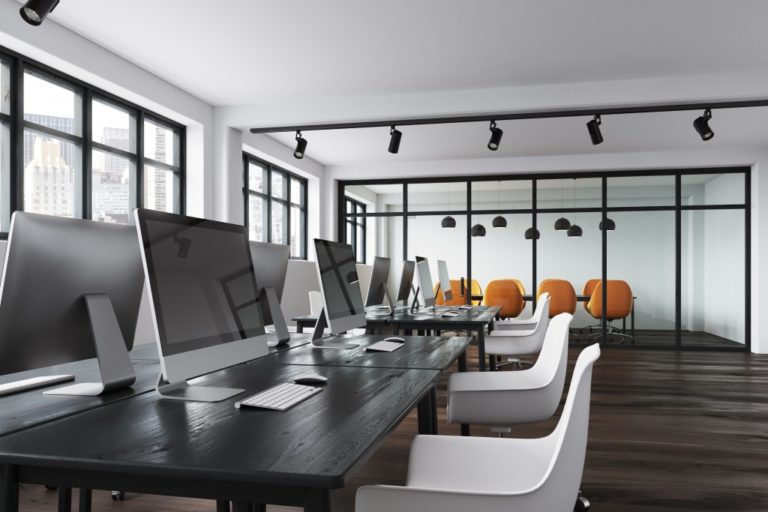What does “ergonomic” mean? According to the International Ergonomics Association, it is an area of science that concerns itself with understanding how people interact with objects in their environment. It’s also dedicated to optimizing interactions and objects so that they increase the well-being and productivity of people. It’s about creating things that increase efficiency through comfort.
Workspace renovations offer a great opportunity to go over its design and furnishing, and check if they’re following some basic principles of ergonomics. Instead of only relying on aesthetics to choose your business purchases, you can order office furniture online that’s stylish as well as ergonomically-designed to boost employee productivity.
Some of the ergonomic principles you can use are balance, reduction, and brightness.
Balancing the Body
A vital principle of ergonomics deals with keeping the body in a neutral position. These postures keep the body aligned and balanced, causing the minimum amount of stress while holding the joints in place. In neutral positions, you can control your muscles, tendons, and bones by applying the tiniest amount of stress. Neutral positions include keeping the upper arm and lower arm at right angles with one another. Supporting the spine so that it stands straight with no twisting, and minimizing wrist movement and rotation.
Furniture that supports neutral body positions is the best for your employees. Look for chairs and tables that employees can adjust to suit their needs and avoid those that provoke awkward positions and bad posture. Chairs and the like that contort the body for prolonged periods can negatively impact your employee’s health in the long run. Awkward posture can lead to sleep problems, lower back pain, and carpal tunnel syndrome.
Reducing Excesses

Too much of anything is never good for anyone. Your office’s appliances and furnishings should have designs and features that reduce motion, force, and vibrations. If your workers usually engage in activities that produce excessive vibrations and force, look into acquiring tools and equipment that reduce these things to comfortable levels.
On the other hand, if your business entails your employees to repeat certain movements multiple times, such as in an assembly line, allow them to take long breaks and impose policies that would allow their bodies to rest from the repetitive strain.
Appropriate Brightness
Your workspace must have the optimal amount of light, so your employees can do their jobs in comfort. Too much light or too much darkness can both cause eye fatigue and headaches. Poorly lit workspaces can also lead to accidents and injuries of all sorts. Purchase lighting systems that allow people to change the intensity of the lights, making it easy for them to adjust it to their liking. Provide your computer terminals with glare protection so that employees who spend hours looking at the screens don’t strain their eyes.
The right designs and the right attitudes can go a long way in making your workspace a comfortable area for your employees. Healthy employees tend to be more productive, something that can only mean good news for your company. Should you ever hesitate in buying ergonomic furniture, simply remember the benefits these principles can bestow on your workers.




